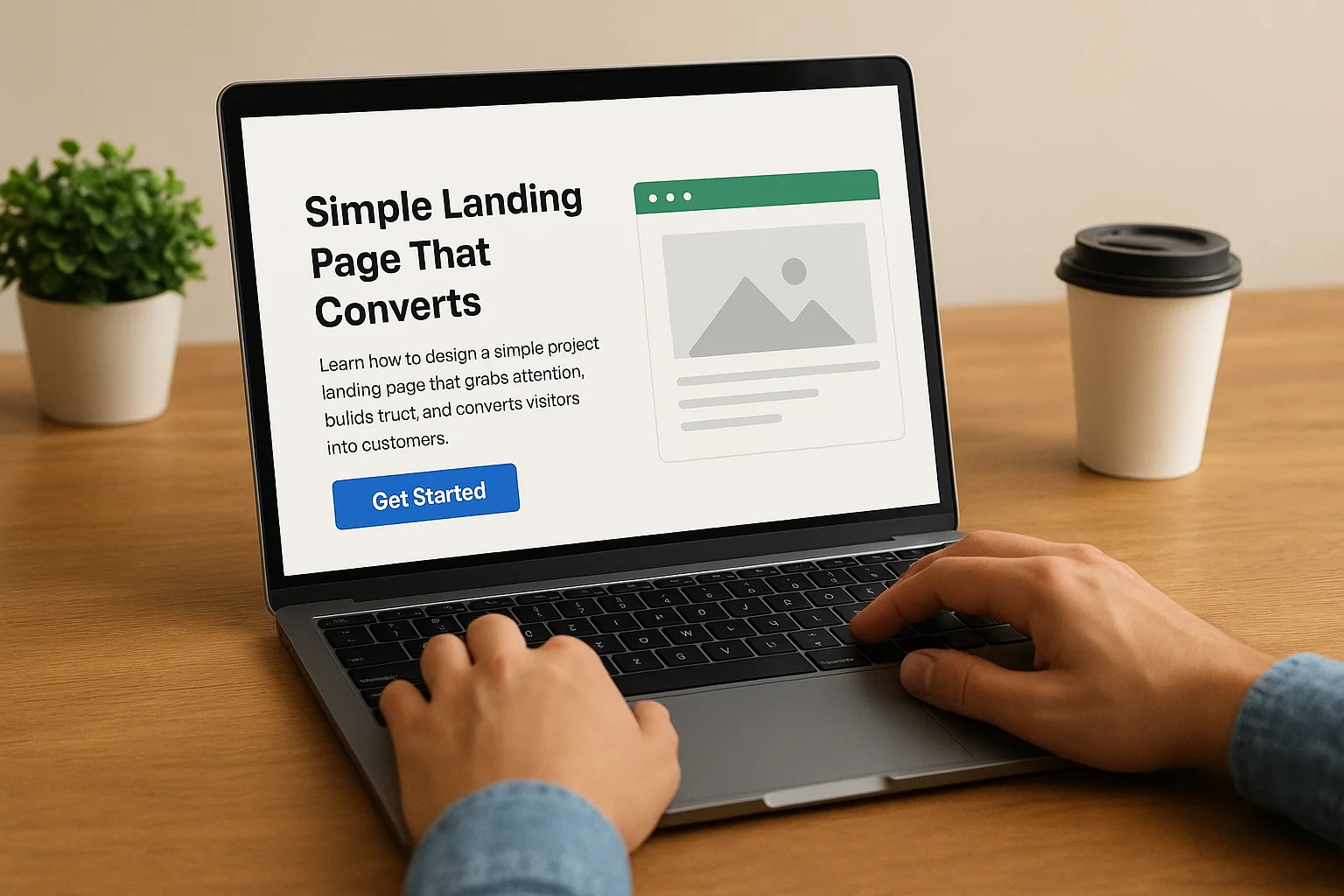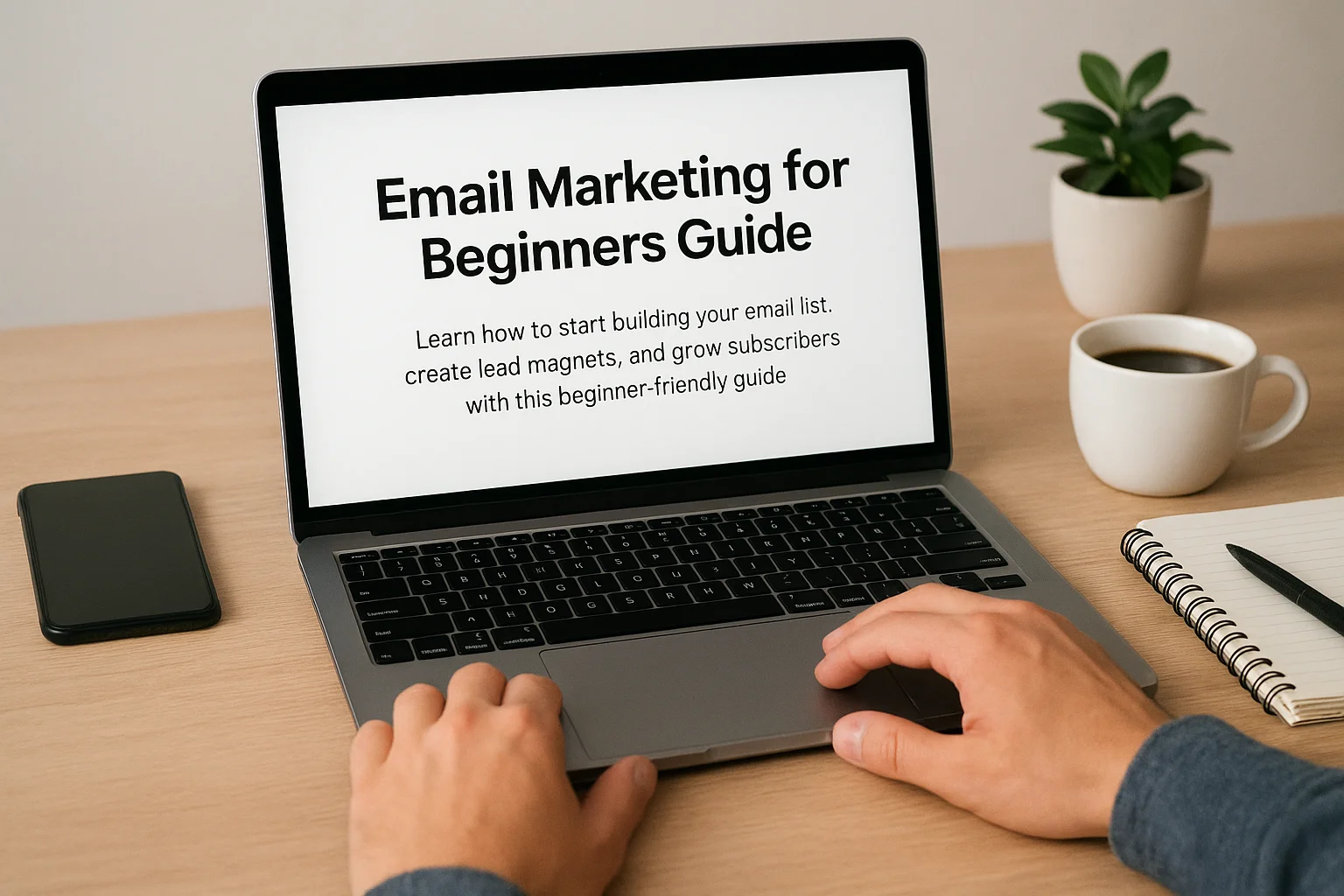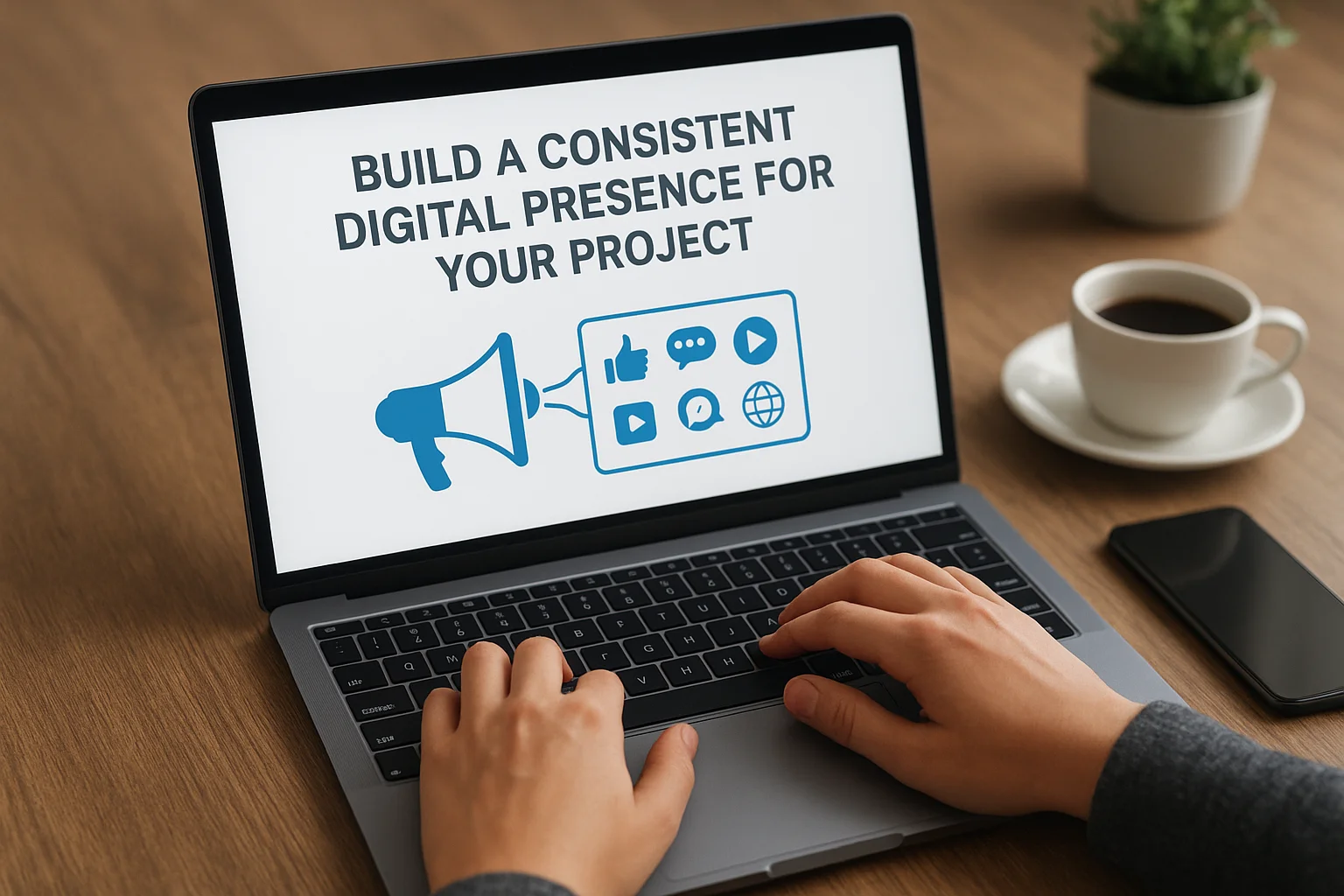Influencer Marketing for Small Projects: Where to Start

Why Influencer Marketing Matters for Small Projects
Influencer marketing is often associated with big brands and large budgets, but it can be incredibly effective for small projects too. The key advantage lies in the ability to reach a highly targeted audience without the high costs of traditional advertising. Unlike broad campaigns, influencer marketing allows you to connect with people who are already interested in your niche, increasing the chances of engagement and conversions.
For small projects, one of the most compelling benefits is the potential for high ROI. Micro-influencers and niche creators often have smaller but highly engaged followings, which means that even a modest investment can generate meaningful results. By leveraging authentic voices, your project can gain credibility and trust that is difficult to achieve through conventional marketing channels.
Another important aspect is the speed of impact. Influencer collaborations can quickly boost awareness, generate buzz, and drive traffic to your platforms or products. This is especially valuable for small projects that may need fast traction to secure early supporters or validate ideas.
Finally, influencer marketing offers a level of flexibility and creativity that traditional advertising rarely provides. Small projects can experiment with different formats such as Instagram stories, TikTok videos, YouTube content, or blog features, tailoring campaigns to suit both the influencer’s style and the audience’s preferences. This adaptability helps small projects stand out and makes the marketing process more dynamic and cost-effective.
Defining Your Goals and Target Audience
Before starting any influencer marketing campaign, it's essential to have a clear understanding of your objectives. Are you looking to increase brand awareness, drive sales, grow your social media following, or promote a specific product? Defining these goals upfront allows you to measure success accurately and tailor your strategy to achieve meaningful outcomes.
Once your goals are set, identifying your target audience becomes the next critical step. Consider factors such as age, location, interests, online behavior, and spending habits. The more precise you are in defining who your ideal audience is, the easier it becomes to select influencers whose followers match your criteria.
For small projects, understanding the audience also helps prioritize channels and content formats. For example, if your audience primarily engages on Instagram and enjoys short, visually-driven content, collaborating with influencers on Instagram Stories or Reels will be more effective than focusing on long-form blog posts or YouTube videos.
Additionally, defining your goals and audience helps in creating key performance indicators (KPIs). Whether it's tracking engagement rate, click-throughs, conversions, or follower growth, having clear metrics tied to specific goals ensures that every effort can be evaluated and optimized efficiently.
Finally, a well-defined target audience enables you to communicate more authentically with both influencers and their followers. When influencers understand your vision and the audience you want to reach, they can create content that resonates naturally, leading to stronger connections and higher trust with potential customers.
Finding the Right Influencers
Choosing the right influencers is a critical step in ensuring the success of your campaign. Not all influencers will align with your project, and selecting the wrong ones can waste both time and resources. Start by identifying creators who operate within your industry or niche and have a following that closely matches your target audience.
For small projects, micro-influencers and nano-influencers are often the most effective choice. They tend to have smaller followings, but their audience is highly engaged and trusts their recommendations. This allows for more personalized and authentic interactions, which can drive stronger results compared to working with larger influencers.
Analyze potential influencers' content style, engagement rate, and audience demographics. It's not enough to have a large number of followers—high engagement and a loyal community are far more valuable for achieving tangible outcomes. Look for influencers whose content naturally aligns with your brand values and messaging.
Tools such as influencer databases, social media analytics platforms, and hashtag searches can help you discover creators who match your criteria. Additionally, monitor their past collaborations to understand how they approach partnerships and whether their audience responds positively to sponsored content.
Finally, consider the influencer’s professionalism and communication style. Someone who is responsive, transparent, and collaborative will make the partnership smoother and more productive. Building a strong, mutually respectful relationship often leads to better content and long-term opportunities for your project.
Setting a Budget That Works
For small projects, setting an effective budget is crucial to maximize the impact of influencer marketing without overspending. Start by determining how much your project can realistically allocate to influencer collaborations, keeping in mind that even modest budgets can yield significant results when used strategically.
Break down your budget into key components, including influencer fees, content creation costs, and potential paid promotions to amplify the content. This helps you understand where your money is going and ensures that every dollar contributes to achieving your goals.
When working with micro or nano-influencers, fees are often negotiable and may include product exchanges, commission-based incentives, or flat rates per post. For small projects, exploring these flexible arrangements can help you stretch your budget further while maintaining high-quality content.
It’s also important to allocate a portion of your budget for tracking and analytics tools. Monitoring engagement, clicks, conversions, and overall performance allows you to identify which influencers and strategies are most effective, helping you optimize future campaigns.
Finally, adopt a scalable approach. Start with a smaller, focused campaign to test different influencers and content styles. Based on the results, you can decide where to invest more heavily, ensuring that each step of your influencer marketing journey is informed by data rather than guesswork.
Ready to showcase your project?
Join thousands of developers and entrepreneurs who have already listed their websites in our directory. Get discovered by potential users and grow your audience.
Free to list • Instant approval • No hidden fees
Frequently Asked Questions
Why is influencer marketing useful for small projects?
Which types of influencers are often most effective for small projects?
Related articles

How to Bounce Back After a Slow Launch
Discover practical strategies to recover from a slow product launch. Learn how to analyze setbacks, refine messaging, reignite interest, build customer trust, and optimize for sustainable growth.

5 Free Platforms to Promote Your Project Online Without a Budget
Discover five free platforms to boost your project online, reach your audience, and grow your visibility—no budget required. Learn how to promote effectively!

How to Create a Simple Project Landing Page That Converts
A high-converting landing page doesn’t need to be complicated. With the right structure, clear messaging, and a strong call to action, you can turn visitors into loyal users. In this guide, we’ll explore the essential steps to design a simple, effective project landing page that drives real results.

Email Marketing for Beginners: How to Start Building a List
Email marketing remains one of the most effective tools to grow your audience and boost sales. In this beginner’s guide, you’ll learn how to start building your email list from scratch, create compelling lead magnets, set up signup forms, and engage subscribers with effective strategies to grow your business sustainably.

The Power of Storytelling in Project Marketing
Storytelling is more than just a buzzword—it’s a strategic way to bring projects to life. By weaving narratives that connect emotionally, project marketing becomes more engaging, memorable, and persuasive. This article explores the psychology of stories, how to craft compelling narratives, and the impact of storytelling across different channels to elevate project success.

Strategies to Retain Your First Users
Acquiring your first users is a milestone, but keeping them is even more crucial. In this post, we explore actionable strategies to ensure early adopters stay engaged, provide feedback, and become long-term advocates for your product.

How to Build a Digital Presence for Your Project
A consistent digital presence is key to growing your project's audience and establishing trust. This article guides you through defining your brand, choosing platforms, crafting content, and engaging your audience effectively to create a cohesive and recognizable online identity.

Finding Your First Users Through Showcase Platforms
Launching a new product is exciting but challenging, especially when it comes to finding your first users. Showcase platforms offer startups a unique opportunity to present their product to a targeted audience eager to discover innovations. In this article, we explore how to leverage these platforms effectively to attract early adopters, gather feedback, and build momentum for your product’s success.

How to Present Your Project Online for Maximum Impact
In today’s digital world, presenting your project online effectively is crucial for success. Whether you're launching a startup, sharing creative work, or pitching an idea, the right presentation can make all the difference. This article explores key techniques to engage your audience, choose the best platforms, and use visuals and interactivity to maximize your project’s online impact.